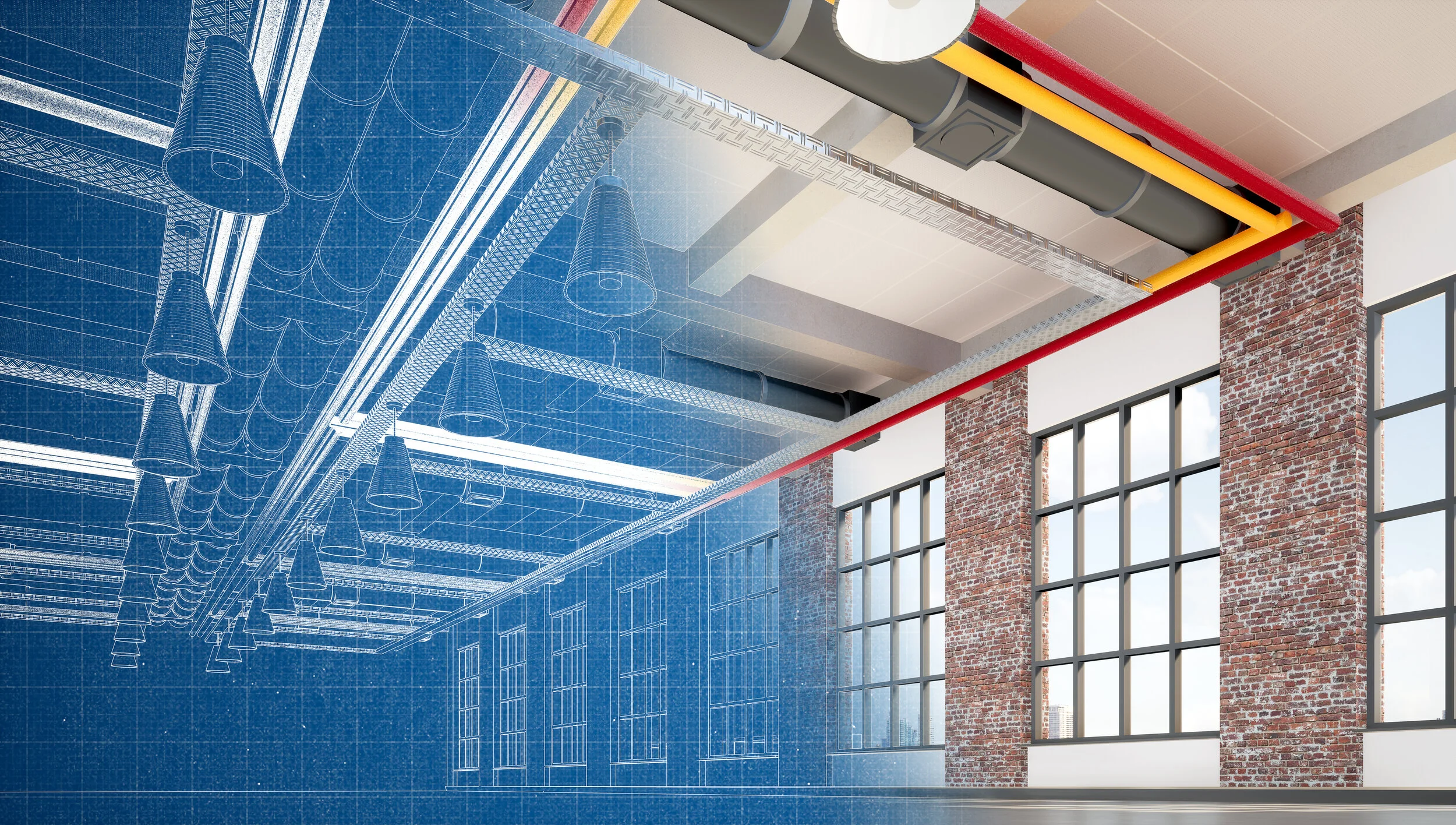BIM Modelling Service
Scan-to-BIM brings the documentation of existing buildings into adjustable 3D models with a modern digital planning methodology called building information modelling. BIM provides AEC professionals with the ability to increase efficiently plan, design, construct and manage buildings and infrastructure.
We combine multiple sources of data from the drone, terrestrial and handheld scanners to form a complete scan of a building and equipment. This is then used by skilled modellers and advanced software to produce BIM files.
Benefits:
Greater Performance, Quality Assurance, and Reliability.
Facilitates and gain valuable insight into how a building project can be better planned, designed and managed.
Cost Optimisation, Save Money
Errors and issues can be detected earlier during the project life cycle.
Easy Access Across various Platform Globally.
The user-friendly formats of .rcs and .rcp can be accessed on various platforms on various devices resulting in seamless collaboration between multiple teams
Save Surveying Time.
Rather than having 3 to 4 technicians on site taking measurements, BIM can easily capture the components and their 3d geometry using laser beams which later can be converted in scan images. This reduces field time and the cost and effort by 40% in total.
Accurate Result
High precision and accurate data collection are one of the most important advantages in using point cloud services. Traditional surveying never guaranteed accurate results. It depended a lot on the technician’s understanding, his judgments and other factors.
Applications:
Redesigning for existing building
Building extension or modification
Demolition purpose
2D floor plans, elevation and sections from scanned data
Renovation projects
Retrofitting, re-engineering and reverse engineering
BIM impact in the industry
In a McKinsey report, one study found that 75% of companies that have adopted BIM reported positive returns on their investment with shorter project life cycles and savings on paperwork and material costs. Because of these benefits, various governments like Britain, Finland, and Singapore, mandate the use of BIM for public infrastructure projects (Agarwal et.al, 2016).











